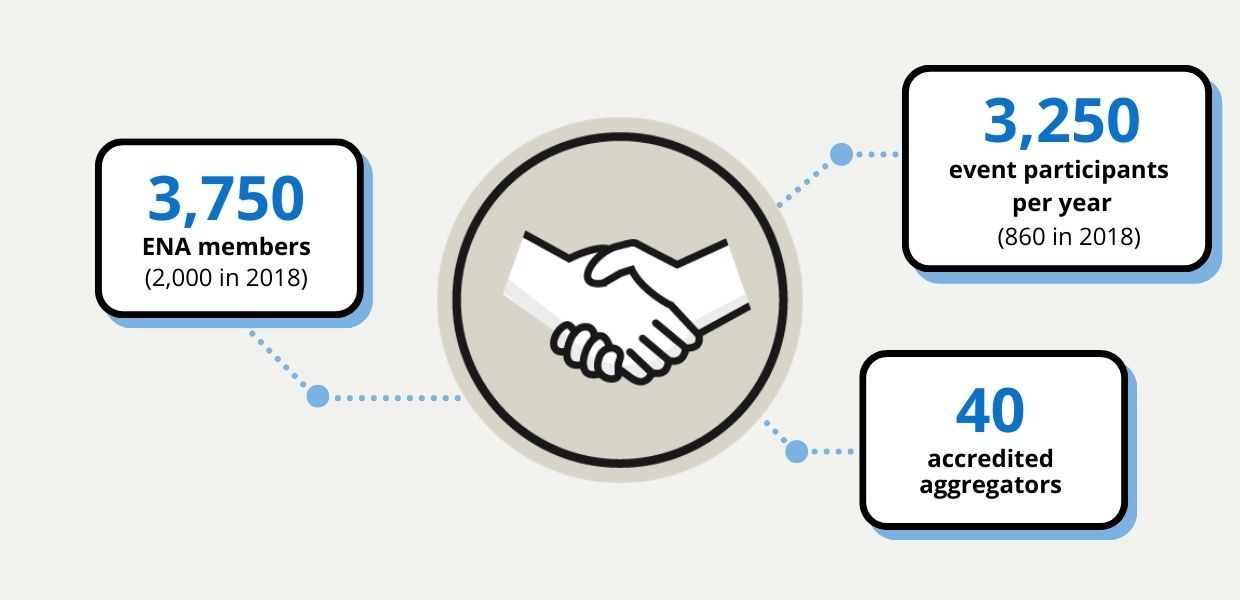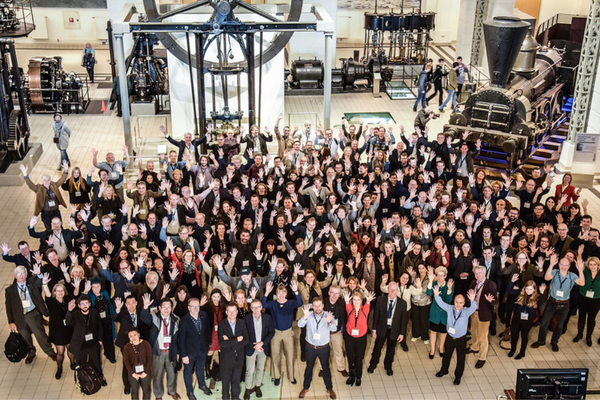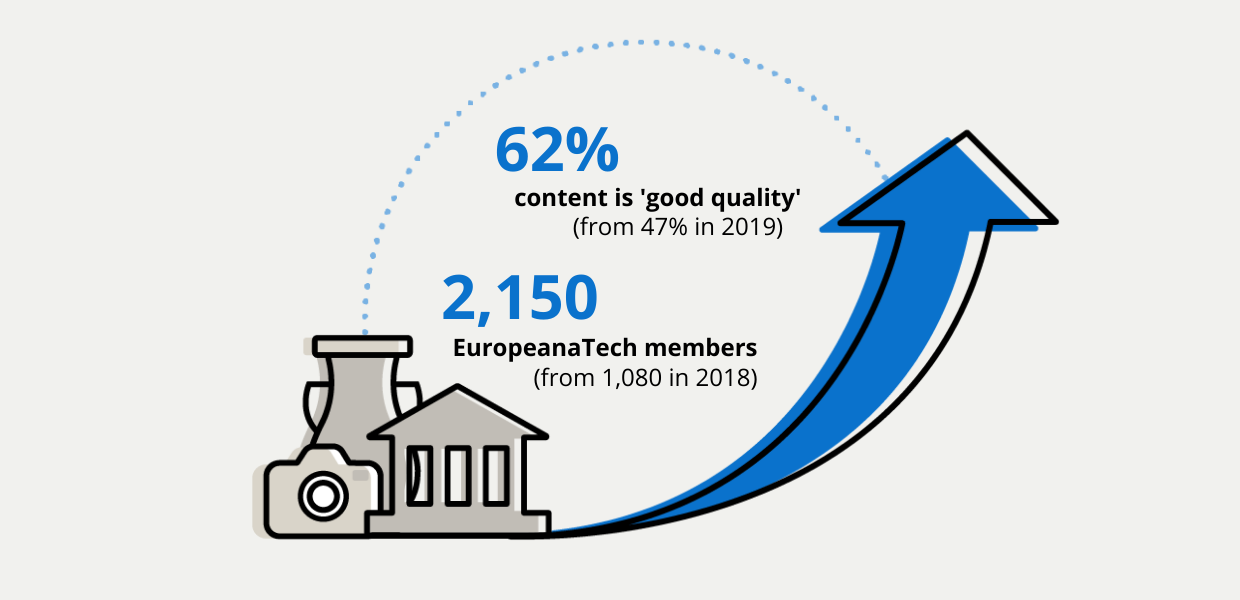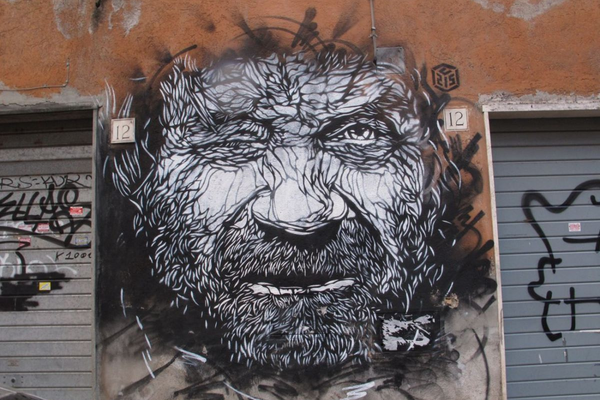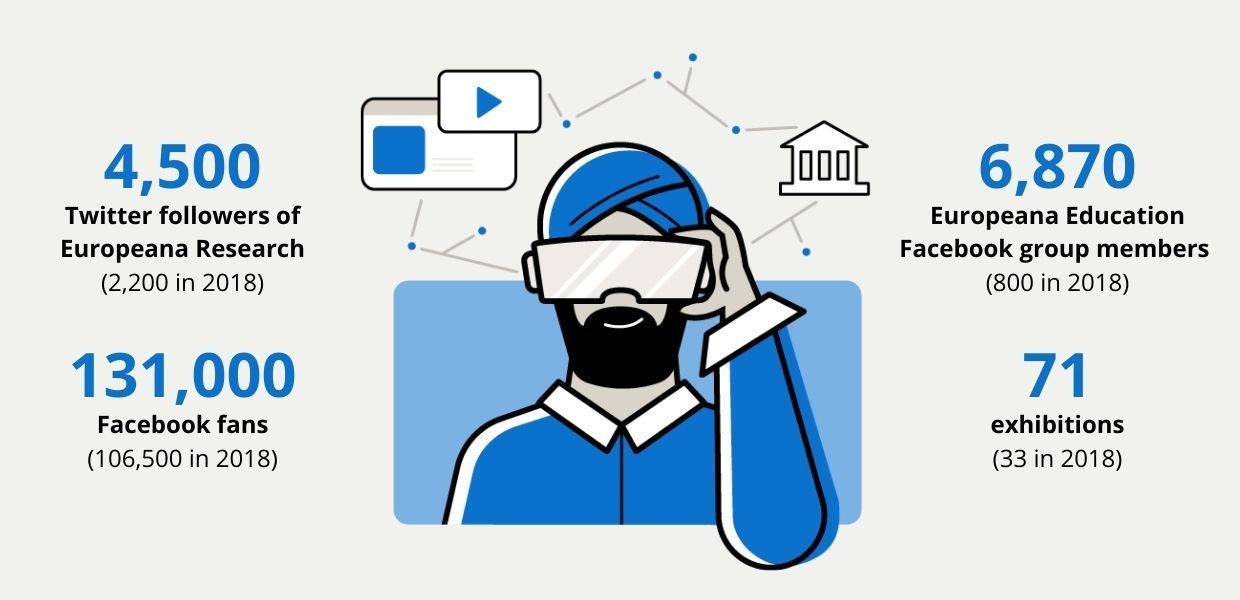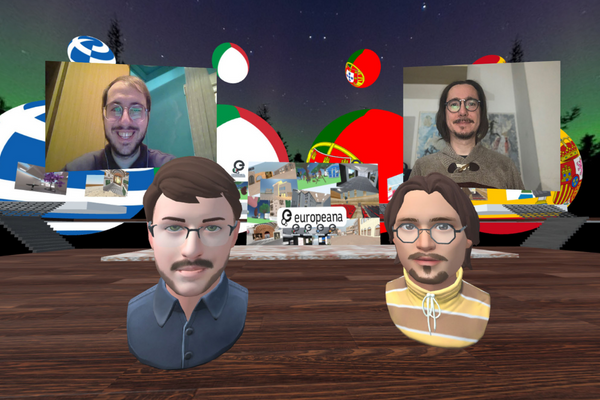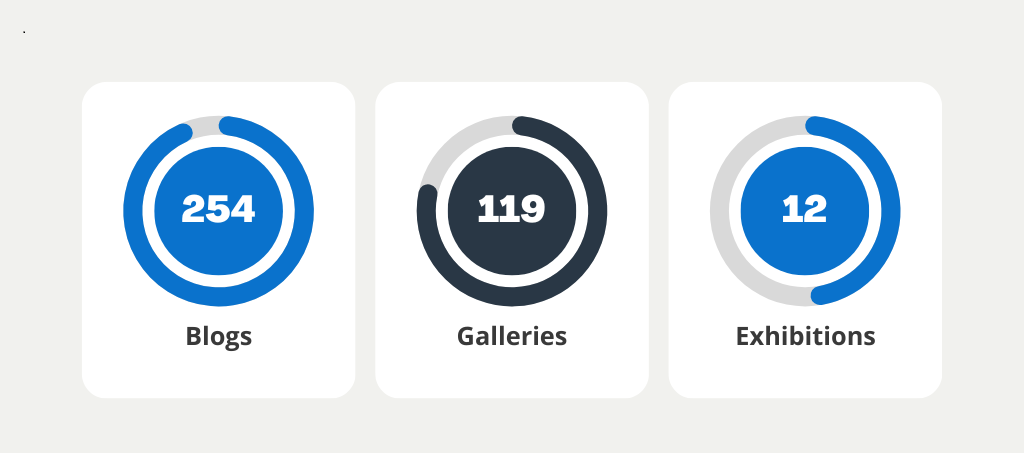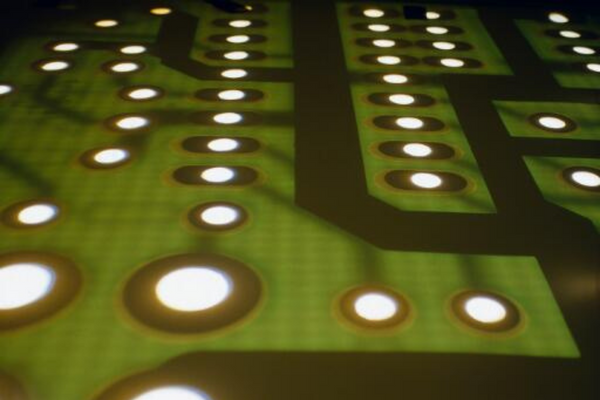Digital culture for all: Driven by increased knowledge about our audiences, the Europeana website was transformed during DSI-4. It shifted to a new platform using new technology and offered audiences better experiences in their own languages, more interactivity through their own Europeana accounts and the ability to create and share galleries. Exhibitions in all EU languages, themed participatory campaigns, and interactive festivals and competitions, provided exciting ways to explore and use cultural heritage material.
Enriching research and education: With dedicated areas on the Europeana website just for teachers, grant opportunities for researchers, exciting partnerships, online courses and mentoring programmes, multilingual learning resources, and integration of Europeana content into external digital tools and services, through our suite of APIs, Europeana is reaching more teachers, academics, researchers and students than ever before.
Diversity and inclusion: We have explored what Diversity and Inclusion (D&I) means to the Europeana Initiative, making sure our events and our websites are welcoming and accessible to all. An editorial grants programme supports those with unique lived experiences to contribute to our seasons and features. And we have developed and implemented Inclusive Engagement Guidelines which have become integral to how we collaborate, communicate and engage with each other.


